Many passionate motorcycle riders often dream about turning their hobby into a paid profession. Just imagine burning your office-tie right in front of your boss’s face, smashing a stapler through your computer screen, and saying good-bye to the 9-5 life by riding your V-twin right through the break room and out the front door!
Well, aside from the dramatic exit, a few have forgone the fear that comes with this drastic change and went for it. We were lucky enough to get in touch with two individuals who have made this life changing decision and are on opposing-extremes of the motorcycle tour operating business. We asked them what it’s really like to run this unique kind of business and how this decision has impacted their lives. Keith, from RentAlaska.com, the man who pioneered the industry 25-years ago in Alaska, tells us about some less thought about business plan ideas. Like those times when your client drives through a moose. Further to the South, we sat down with Chris, the owner and operator of BoliviaMotorcycleTours.com. A look into what it takes to move your American dream South of the border. Chris tells us what it’s like to move out of America and set up shop in sub-tropical to sub-zero Bolivia. Here’s a look at what each one had to say about the business.
First up, a look into Keith’s Alaskan operation from RentAlaska.com
Explain your business and how long you have been in business; We rent motorcycles to independent travelers and provide bikes, guides, and support vehicles for tour companies from all around the globe. Riding in Alaska is a ‘bucket list’ item for most riders. We make it easy! This is our 25th year.
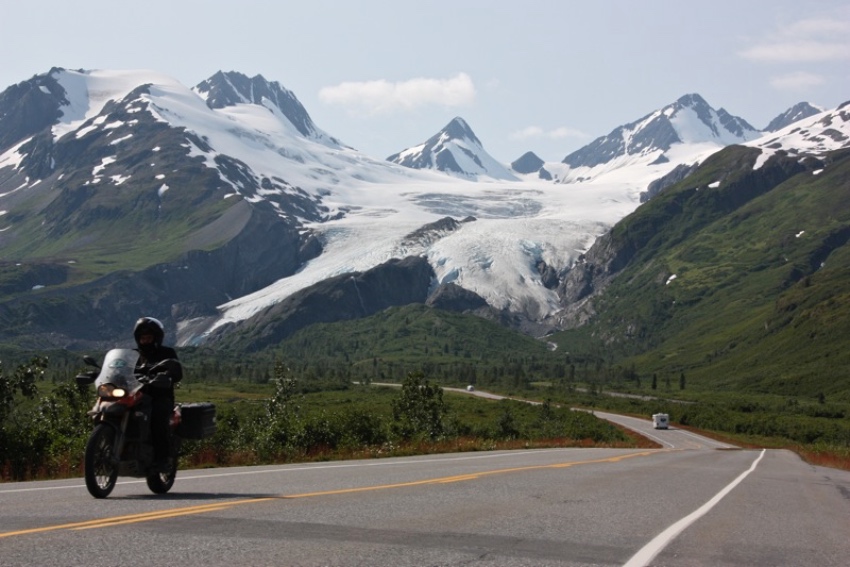
What bikes do you use and why? We rent mostly BMW GS models. We have a few Tiger 800’s and KLR 650’s as well. The dual sport bikes can easily handle the large distances between attractions and are ideal for the amazing gravel highways up here. They can also cope with the occasional parking lot drop without damage to body panels.
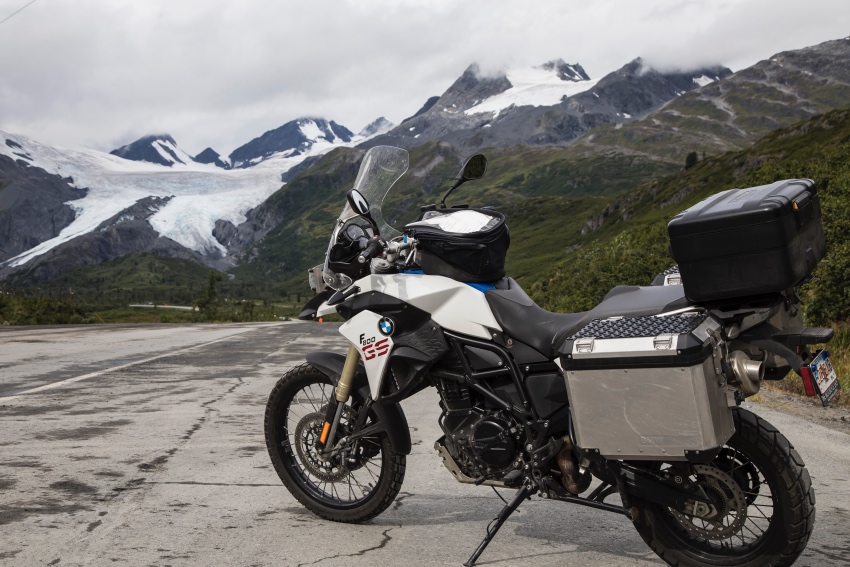
How many in your fleet? We currently have 38 bikes in the fleet. All the GS models from the lowered G650GS to the R1200GS Adventure.
How long is the motorcycle season in Alaska/Yukon? Mid-May to Mid-September. With 24-hours of daylight from late May to early August.
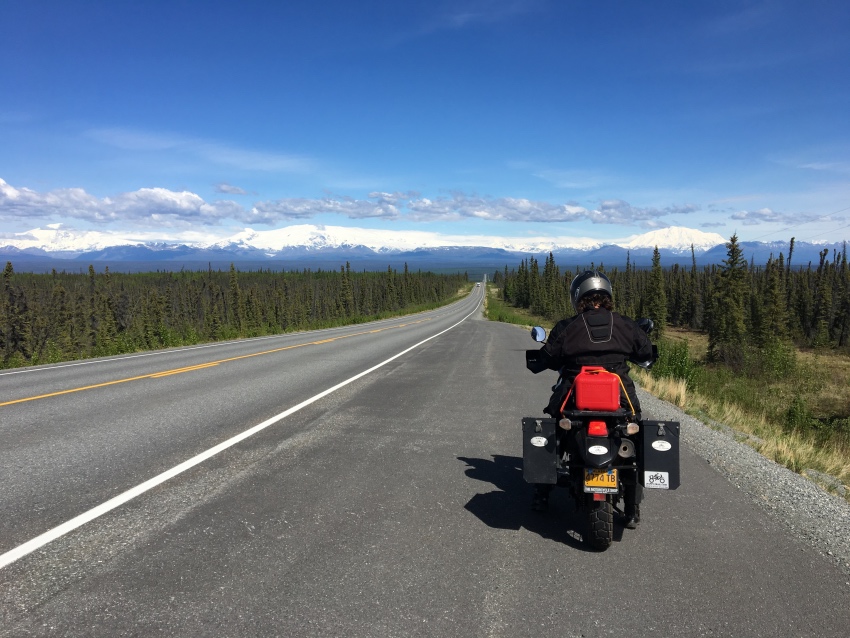
What are some of the more ridiculous questions you get asked about riding Alaska? Can I ride to Nome? Will it rain? Do I have to pay for the bike if I go on a fishing trip?
Any issues with wildlife and the bikes? We have had close calls with bears, caribou, wolves, and musk ox. The worse was a rider who center punched a moose. The moose died and the rider was severely injured but survived. He returned three-years later to complete his dream ride to Prudhoe Bay.
With such a range of international clients, have you ever had any issues with people? Some have arrived without a motorcycle endorsed license. They get to rent a car. A few have rented a bike that is too tall, we try to get them on a smaller bike for safety reasons. I have some interesting stories from guiding tours.
What’s the best route for people to ride in your neck of the woods? Anchorage to Valdez is my favorite ride. The Kenia Peninsula south of Anchorage is also great. The Denali Highway (Route 8) is 120 miles of good gravel for riders wanting to get off the pavement.
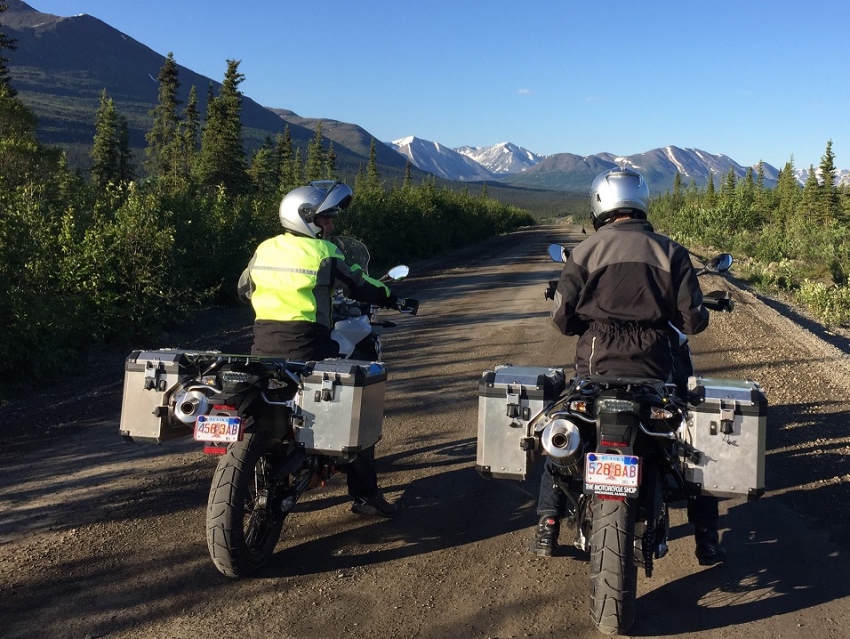
Your web page says you “Pioneered the industry”, what were those first years like having just two-bikes to rent? Life was simple back then, but I still remember my first trip to the Anchorage Airport to pick up a stranger to put on our new R100GS PD. I was nervous to say the least!
What is your favorite part about running a motorcycle tour company in Alaska? Meeting interesting people from all over the world and sharing our vast knowledge of this vast State.
If you could have this same business in tropical Hawaii, would you move? I would not give up the Summers in Alaska, but would consider a more tropical climate from November through March!
Next, we’ll head down to South America to hear what things are like at BoliviaMotorcycleTours.com
Explain your business & how long you’ve been in business; We are a small, family-run motorcycle touring operation based in El Torno, Santa Cruz, Bolivia in South America. We offer guided, all-inclusive, single, and multi-day motorcycle tours throughout the country of Bolivia. We visit some of the most well-known destinations in the country, such as the Uyuni Salt Flats, Lake Titicaca, the Death Road, as well as numerous lesser-known locations. As of this February, we began our second full year of operation. Our first year was far more successful than we could have hoped for and we look forward to building upon that success this year.
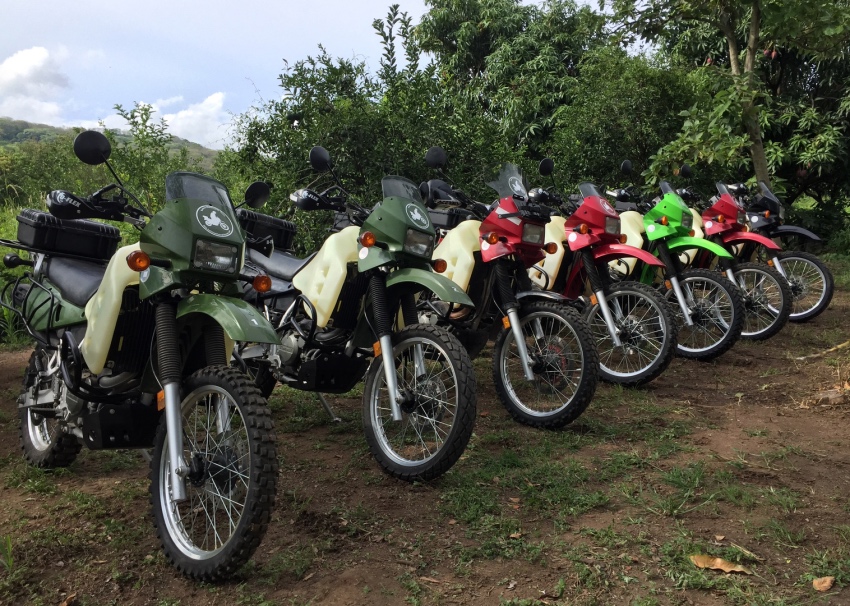
Bolivia, really, why did you choose there, is it safe? Why not Bolivia? I’ve lived in and visited many different countries and can’t think of a better place to ride and raise a family than right here. Sure, living here requires some adjustments and it has its ups and downs, but the same can be said of most anyplace that’s different than where we were raised. As for what brought me to Bolivia, it’s rather simple, my wife. She was born and raised in Bolivia so when we met in college in the U.S, things progressed from there and I had a very good idea that making the move to Bolivia at some point was most likely in the cards. Unlike what many people might expect, safety concerns have not been an issue for my family, or our tour guests. By–in-large, Bolivia is a very safe place to live and work.

What types of bikes do you use and why? In making plans to start our business, we opted for the Kawasaki KLR650 as our bike of choice. Having owned a KLR for several years before starting the business, I was well aware of its strengths and weaknesses. The KLR has been one of the most used bikes by RTW travelers, known for its reliability and it’s on & off-road capabilities. Understanding the extreme variety of terrain that we’d encounter on our tours, the KLR just made the most sense and we’ve been very satisfied with our decision. Rather than sticking to the stock KLR set-up, we’ve made several tactful modifications to further enhance its performance and reliability.
Did you have any troubles importing the bikes from the USA? Latin America is famous for its bureaucracy, Bolivia certainly is no exception. Suffice it to say, getting bikes that are setup to run well near sea level, run well and pass an emissions test at an elevation slightly greater than 13,500 feet at the inspection center outside of the high-altitude city of La Paz, is no simple task! Especially with limited parts available. Eventually after nearly a month and a half, we prevailed and our bikes were released from customs.
Why did you decide to do this? I love to work, in fact being idle is a real struggle for me, yet at the same time being on the clock in a more conventional type of job leaves me with a rather empty, unfulfilled type of feeling. Since motorcycles have been a passion of mine for several years and I was already living in what many consider to be one of the top adventure motorcycling countries in the world, it just made sense.
Does it make you rich? Financially, certainly not, nor did we expect it to. As I project the business out a few years down the road, I expect the same to be true and I’m fine with that. On the other hand, the word “rich” can also be understood in a different light. For instance, I feel incredibly blessed to be in the position that I am, very fulfilled in the work that I do, and with the new friends that I’ve made, which to me equates to a type of richness that’s impossible to quantify.
You have two boys, 6 & 8, do they go on the tours? Yes and no. My sons are motorcycle fanatics, so given the opportunity they would never miss a tour. That being said, I have taken my sons on both single and multi-day tours, just not with our guests. Since many of our scheduled tours take place during my son’s school year, it’s makes taking them with me unfeasible.
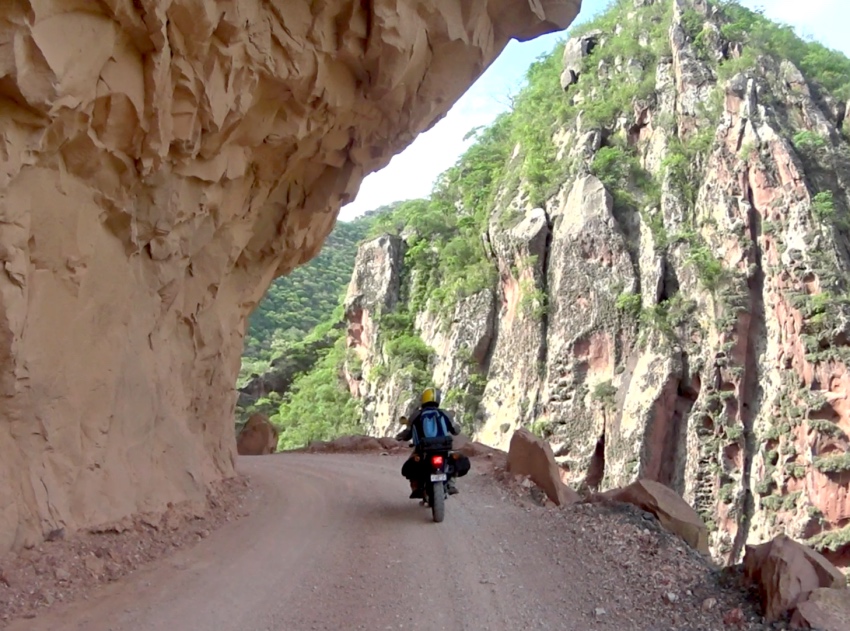
Any problems with clients? Since our business opened we’ve been blessed with many incredible guests, many of whom we’ve remained in contact with even after their tour has come to an end, and they’ve returned home. (I’d rather not comment on any particular client related issues. I’m sure it would make for a more interesting read but it seems to me to be a bit tricky to know both how much and what is ok to share.)

Owner, promoter, operator, guide, what’s your favorite hat to wear? To be fair, beyond those hats, I’m also my own mechanic. While I enjoy certain aspects of each of those responsibilities, including wrenching on the bikes, the guide role is easily the one that I relish the most. In one way or another all the other roles tend to lead up to the role of serving as a guide and leading groups and individuals on some incredible tours. I get a lot of satisfaction from hearing guests comment about how much they enjoyed a day’s ride, listening to them recount their experiences, and talk about their excitement for what lies ahead.
Do you have any advice for someone looking to do the same? Owning and running a motorcycle touring business certainly isn’t for everyone, besides just a passion for riding motorcycles, it requires a large helping of dedication, self-motivation, and self-discipline. Along with that, having a good understanding of the cultural context of the place that a person hopes to run their business in is very central to being successful. Not only that but being able to articulate that understanding to guests to help elevate their experience is also key.
Whether your looking to see some of Americans majestic natural spaces a top a BMW GS edition bike in stunning Alaska, or kick your adventure into high-gear with some of the worlds most captivating and lesser known sites on a KLR650 in Bolivia. Each one of these operators make for an excellent way to broaden your bucket list or add some new boxes to check off on your existing one. Who knows maybe it’ll be your motorcycle tour business we visit next.
